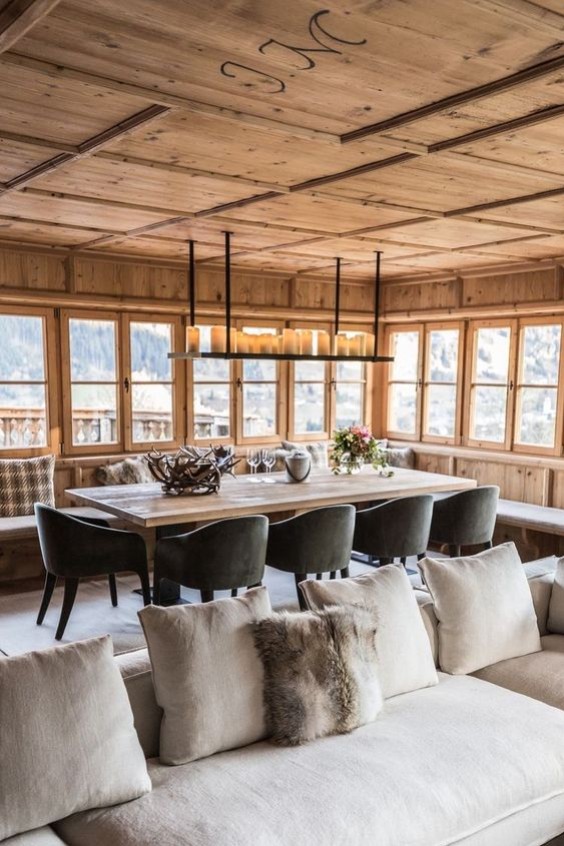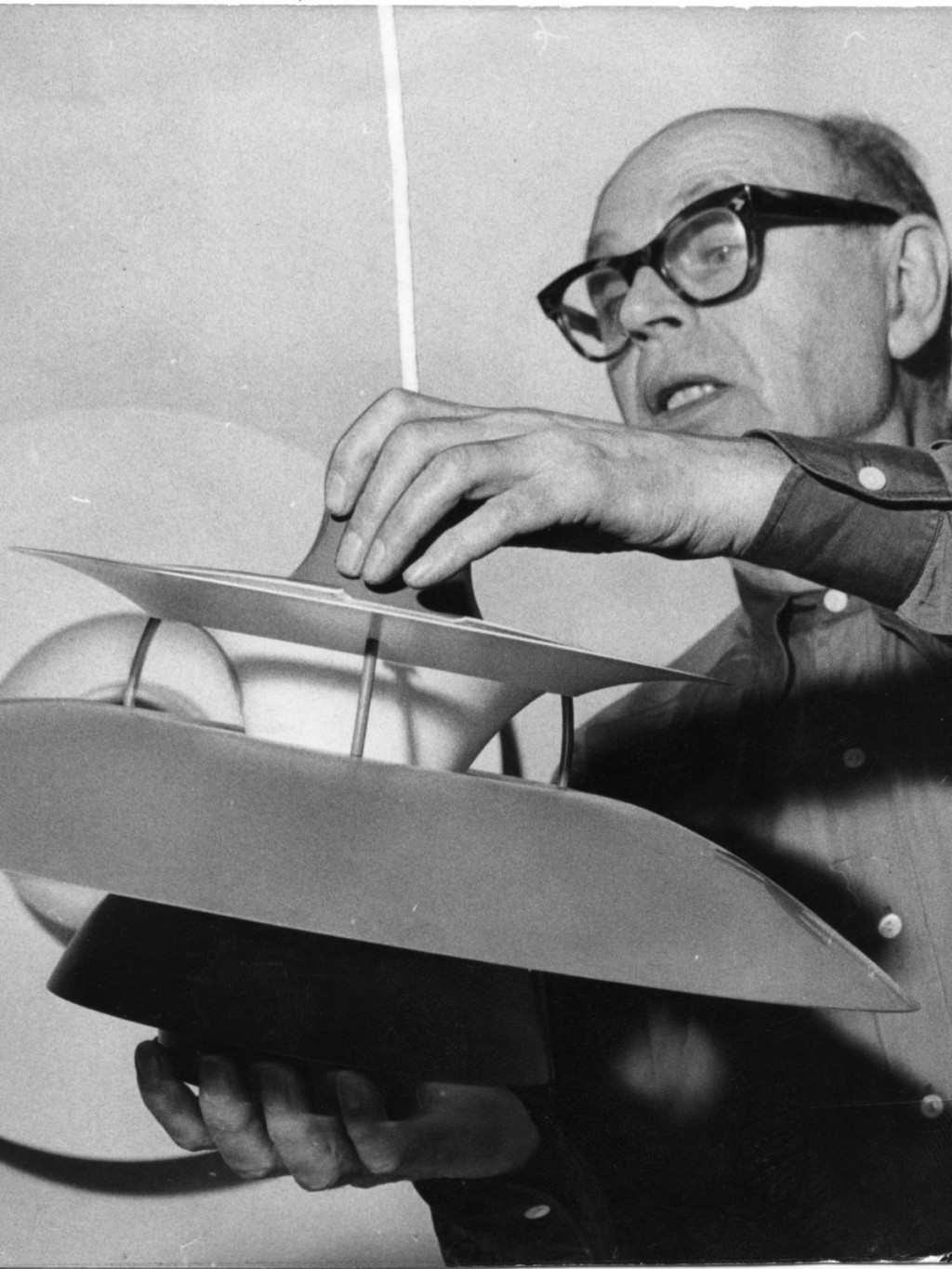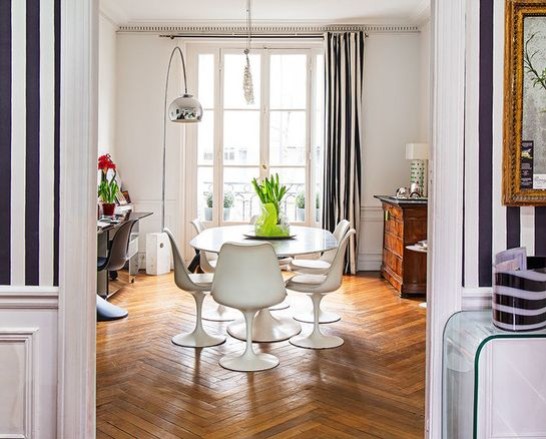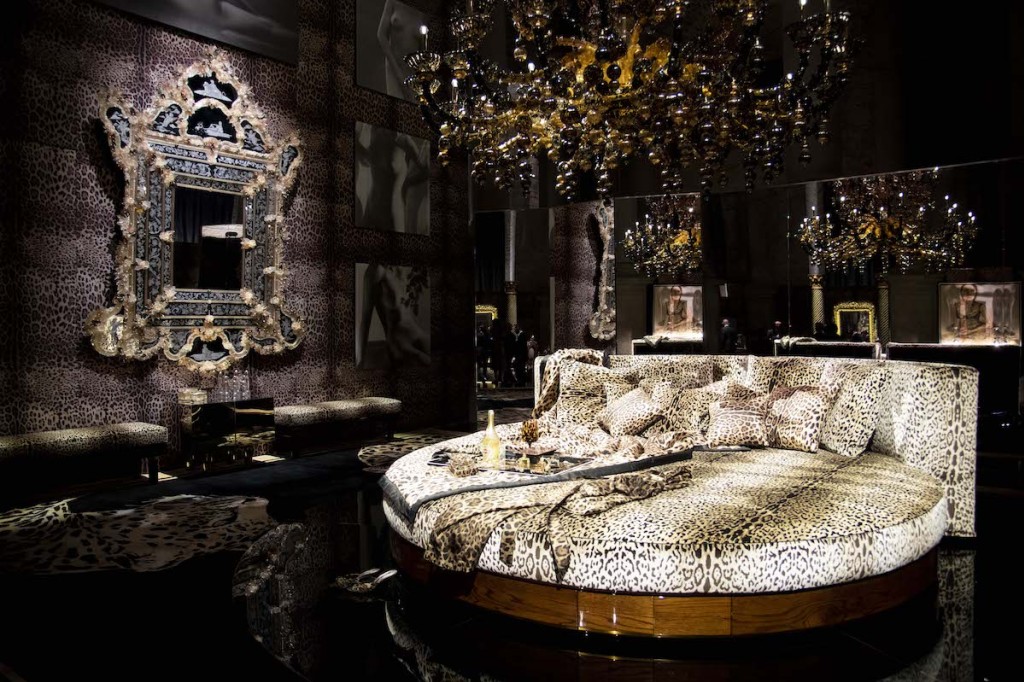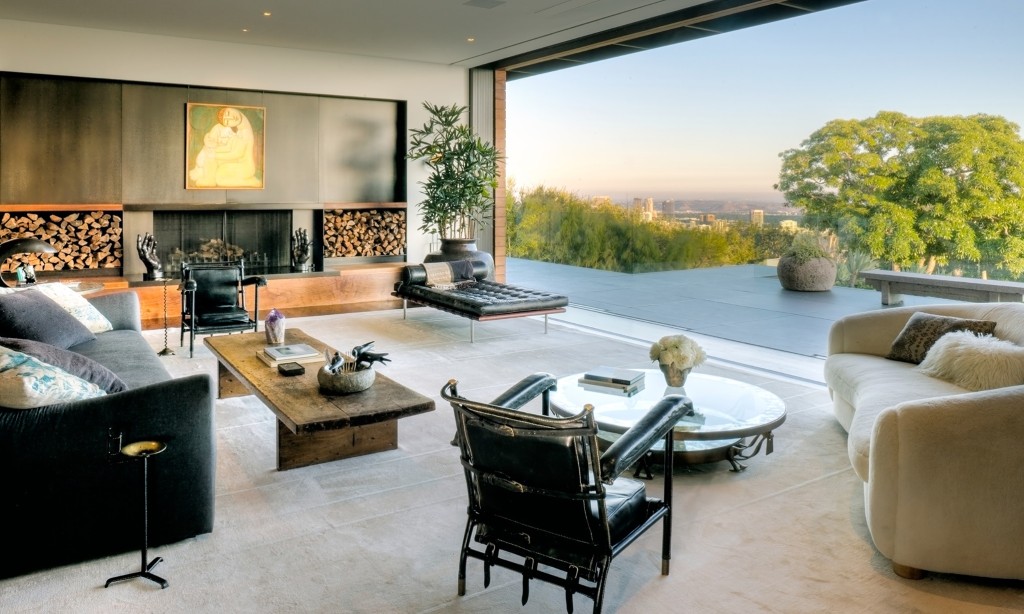In recent years, there has been a resurgence of "brutalism," a very particular design style characterized by minimalism of form and the use of raw materials. Today's designers are inspired by this style, which was very popular from the 1950s to the end of the 1970s, to create unique collection pieces. Some of them do not hesitate to claim a "neo-brutalist" design that draws from brutalism a taste for the roughness of certain bare materials (raw concrete, rough wood, bare bricks, patinated plaster). Pieces of furniture attributed to this style are today very popular with collectors. Thus, a very beautiful piece signed Paul Evans is now traded at a high price on a connoisseur's market.
But what exactly is meant by brutalism? We will try to define its contours, with a direct link to the so-called "Brutalist" architecture that developed throughout the world in the aftermath of the Second World War and until the 1980s. The term Brutalism designates above all an architectural style that had a golden age in the post-war years before being progressively banished from the public space. Inherited from the modern design championed by such historical figures as Walter Gropius, Ludwig Mies van der Rohe and Le Corbusier, Brutalism is characterized by a cold, minimalist design, with inexpensive basic materials such as raw concrete that facilitated the inexpensive reconstruction of cities after World War II. The French-Swiss architect le Corbusier (1887-1965) is considered one of the pioneers of this style, with the construction of the "Cité radieuse" in Marseille (1947-1952) as an example, developing the concept of housing units.


An imposing concrete architecture. On the left view of a facade, on the right the roof of the Cité radieuse occupied today by the Mamo, a new contemporary art center managed by the French designer Ora-ïto.
Brutalist architecture is a radical reaction to certain ornamental styles such as the Beaux-Arts style, which was still very much in vogue in the United States until the 1950s. Its main characteristics are: massive buildings often marked by a very great verticality, with angular and repetitive geometric forms - windows often repeated -, an interior visible from the outside that allows to distinguish the functions of different parts of a building, and finally a total refusal of any ornamentation. In addition to concrete, architects resort to glass, brick, steel, or even roughly cut stone.
Other than Le Corbusier, the emblematic figures of brutalist architecture are Marcel Breuer (1902-1981), Ernő Goldfinger (1902-1987), Bertrand Goldberg (1913-1997), Jacques Kalisz (1926-2002) or Fernand Boukobza (1926-2012). Architectural Brutalism had a particular impact in Great Britain in the aftermath of the war: the architects Alison Smithson (1928-1993) Peter Smithson (1923-2003) developed an architectural thought inherited from the architectural principles defined by Mies Van der Rohe tending towards an extreme radicality (raw finish of the buildings) and the will to "connect" building, user (pedestrian) and site.









The term brutalism has gradually moved beyond the realm of architecture to refer to artistic trends/currents in various disciplines including design. One of the first designers to be tagged with the Brutalist label was American designer and sculptor Paul Evans (1931-1987), a major player in the American craft movement of the 1960s and 1970s. His work can be recognized by the aesthetic brutality of the furniture he brought to life (angular furniture, repetitive geometry).


Paul Evans is fairly representative of the positioning of Brutalist design, namely that he practices his work at the intersection of art, craft, and design. Some Brutalist scholars indicate that the style can also be "classified" as borrowing from Brutalist architecture, industrial style, and craft. In the late 1950s, Paul Evans began making copper chests with decorative doors, followed by carved steel-fronted cabinets that revealed his unique mastery of welding techniques. In 1964, Evans became the designer for furniture manufacturer Directional. With the latter, he introduced collectible editions, such as the Argentine series, the Sculpted Bronze series, and the highly popular Cityscape series. Unlike his fellow architects, Evans thought of his work as the making of collectible art pieces.


In addition to Paul Evans, other designers would break through and offer their vision of furniture with hard, textured surfaces. The term Brutalist was democratized in the 1970s to be associated with any metal object, with pieces that sometimes have botanical and not geometric shapes. So it is the Danish designer Svend Aage Holm Sørensen (1913-2004) who creates suspensions in brass, shaped like diamonds or shredded leaves. Belgian designer Daniel d'Haeseleer, meanwhile, designs brass palm trees set on stone.


Among the designers representative of Brutalist design, 2 American figures stand out: Adrian Pearsall (1925-2011), influenced by Vladimir Kagan and Isamu Noguchi, and whose work on wood is remarkable; as well as Marc Weinstein, a specialist in wall sconces and lighting in general. Also worth mentioning are the Dutch designer Paul Kingma (1931-2013), the Belgian George Mathias, the Italians Sergio Georgio Saporiti and Marcello Fontani (1915-2011).











Radical, modern aesthetic with the use of industrial materials, Brutalist style pieces do not generally leave one indifferent. Close to a design that would be art, brutalist furniture gains recognition from a public of enthusiasts, who perceive, beyond the functionality of the object, the expression of a certain beauty...
François Boutard

